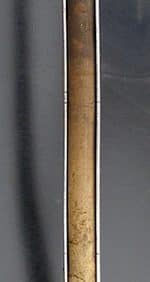Soil sampling is good practice in the fall — whether crop was better or worse than you thought.
Podcast:

Why fall? Growers often have more time in the fall than in the spring. And with results and recommendations in hand before winter, growers can use the winter months to plan their fertilizer programs for next year, to order fertilizer, and to take advantage of reduced pricing opportunities that may occur. The question is, do you test soils now or wait until closer to freeze up?
For results to be as close as possible to the situation next spring, the ideal time to take fall samples is when soil temperatures drop below 10°C and as close to freeze-up as possible. Microbial processes in the soil slow down as temperatures cool, so mineralization should be minimal below that threshold.
After a dry year, keep in mind: Potassium (K) levels may be lower than anticipated as the K may not have leached out to the straw yet. Also, pH levels may read slightly lower than normal after very dry years due to the salts from the fertilizer not leaching (this would be under drought like conditions). Controlling depth of the soil sampler can also be difficult when the soil is dry, potentially making the sample inconsistent with previous years. If this is the case, waiting for a rain will help.
The key with soil tests is to be consistent. If you usually test in the fall, continue testing in the fall, and sample in similar locations in the field. (If you have GPS marked coordinates, you can sample the same places each time.) Then when you get the results, concentrate on the trends. Are reserves going up or down over time? Use the trend line to reassess fertilizer rates.

